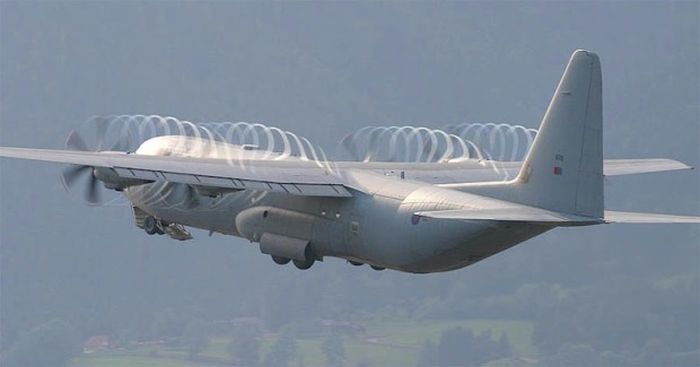|
|
Contrails, Condensation Vapour Trails
|
• September 11, 2001 climate impact study
The grounding of planes for three days in the United States after September 11, 2001 provided a rare opportunity for scientists to study the effects of contrails on climate forcing. Measurements showed that without contrails, the local diurnal temperature range (difference of day and night temperatures) was about 1 °C (1.8 °F) higher than immediately before; however, it has also been suggested that this was due to unusually clear weather during the period.
Condensation trails have been suspected of causing "regional-scale surface temperature" changes for some time. Researcher David J. Travis, an atmospheric scientist at the University of Wisconsin-Whitewater, has published and spoken on the measurable impacts of contrails on climate change in the science journal Nature and at the American Meteorological Society's 10th Annual conference in Portland, Oregon. The effect of the change in aircraft contrail formation on the three days after the 11th was observed in surface temperature change, measured across over 4,000 reporting stations in the continental United States. Travis' research documented an "anomalous increase in the average diurnal temperature change". The diurnal temperature range (DTR) is the difference in the day's highs and lows at any weather reporting station. Travis observed a 1.8 °C (3.24 °F) departure from the two adjacent three-day periods to the 11th–14th. This increase was the largest recorded in 30 years, more than "2 standard deviations away from the mean DTR".
|
|









